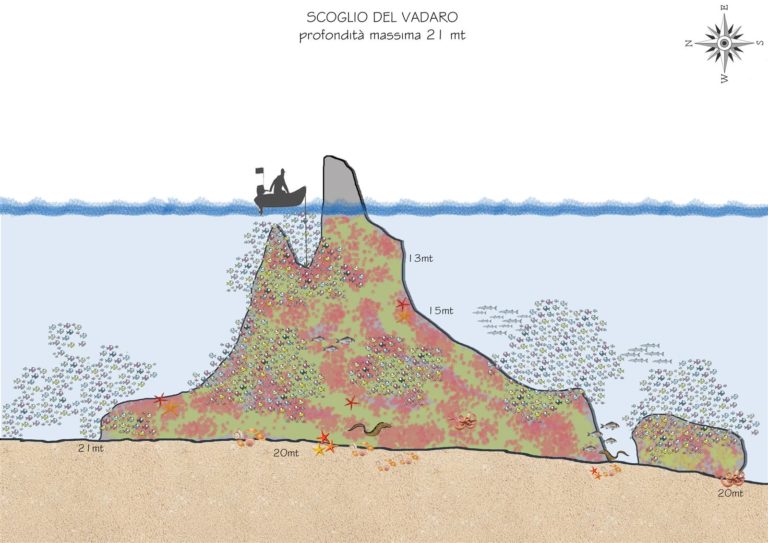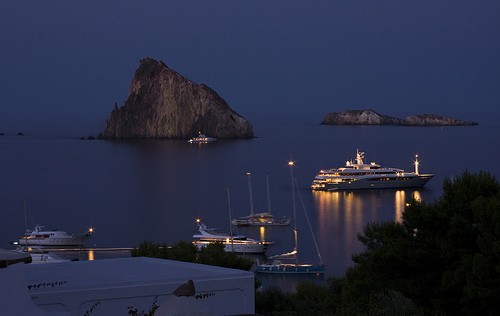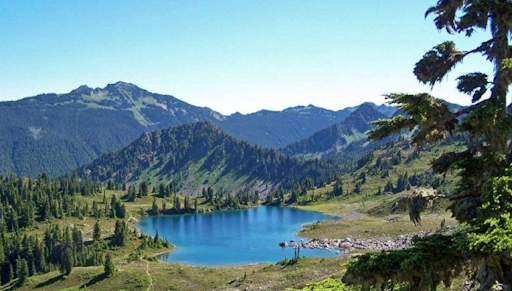The Aspromonte (in Calabrian Asprumunti or Spremunti) is a mountain massif of the Calabrian Apennines, located in southern Calabria, in the province of Reggio Calabria, limited to the east by the Ionian Sea; to the west from the Tyrrhenian Sea, next to the Strait of Messina, and to the south from the Petrace river and the rivers of Platì and Careri. For many scholars, the natural border of the northern area is the Passo della Limina (822 m), at the foot of Monte Limina (888 m); the toponym Limina, from the Latin limen, indicates the border point, where the Aspromonte massif ends (Aspromonte National Park) and the Calabrian Serre chain begins. The name Aspromonte has two possible etymologies. In addition to the obvious meaning of "rugged mountain" which would describe its morphology, another possibility is the meaning of "white mountain", from the Greek term sour, which means white. On its slopes there is the last community of speakers of the Greek language, an ancient language that derives from ancient Greek or Byzantine Greek, for which both etymologies are plausible. The highest peak is Montalto (1,956 m), of gentle shapes, made up of archaic rocks (gneiss and micascists). Almost all the buttresses descend steeply towards the sea, so that the coastal strip is very narrow. Characteristic is the development of the Aspromonte with overlapping terraces; four levels are recognized, called planes or fields. The vegetation is very rich and varied. On the basal level there is the Mediterranean scrub, with several floristic consortia often unique, which diversifies a lot with respect to the exposure. On the Ionian belt there are often xerophilous formations, formed by thorny gorse (Ulex europaeus) and fiber gorse (Spartium junceum), which coexist with the mastic, the myrtle, the perastro and, in the humid areas, the tamarisks. Going up, high spots or real woods are formed, mainly composed of oaks and holm oaks. In the middle areas there are chestnut and pine forests, which progressively, together with the larch pine, are brought up to greater heights, where the beech dominates the tree cover. In the coastal area citrus fruits, vines, olive trees and horticulture predominate; under 1,000 m there are oak and holm oak woods, and above 1,000 m there are larch pine, silver fir and beech. At 1,311 m stands the ski resort of Gambarie, with a flow of tourists from Calabria and Sicily. In an impervious valley in the heart of the Aspromonte, in the municipality of San Luca, is the Sanctuary of the Madonna di Polsi, a place of worship which, although difficult to reach, becomes a destination for religious tourism in the summer months, especially in September.


























